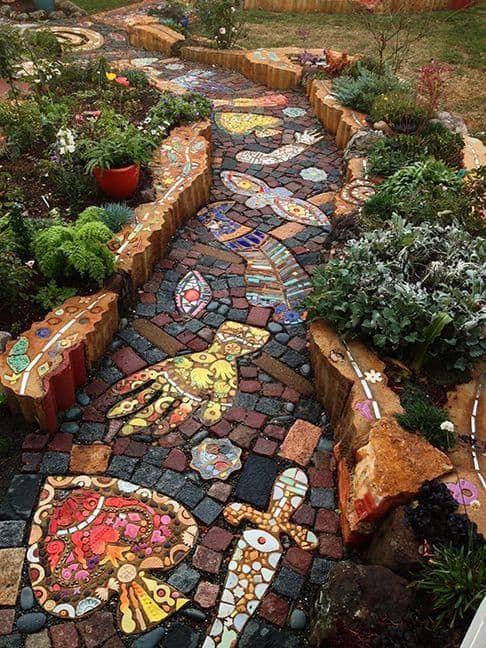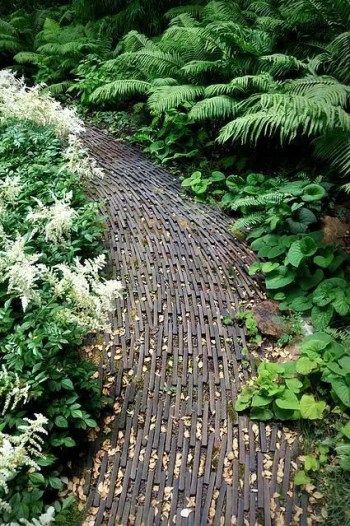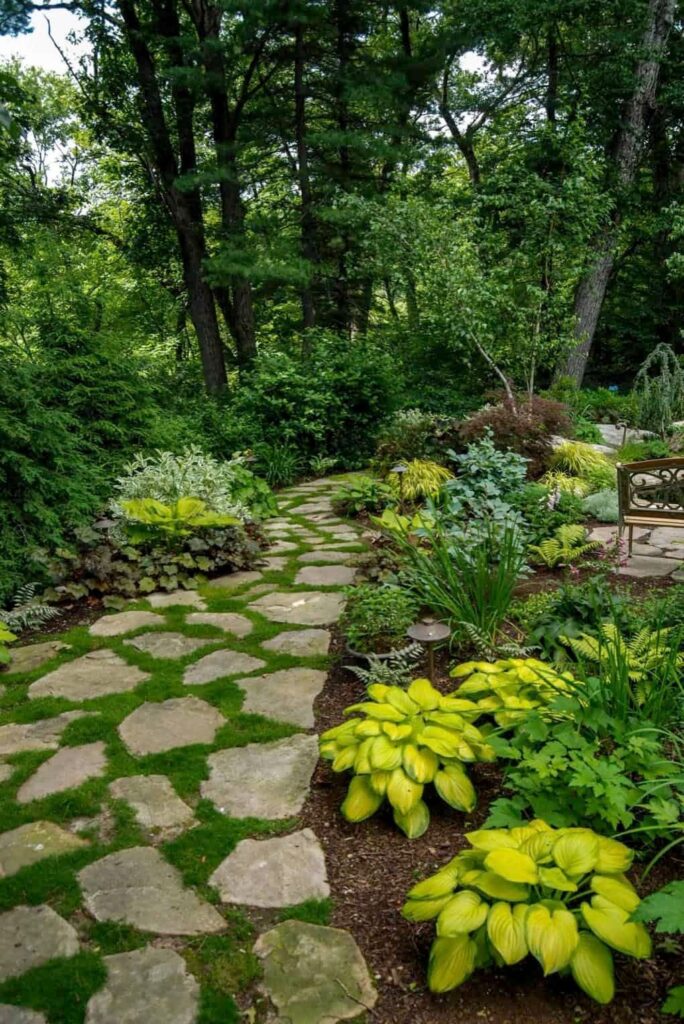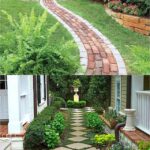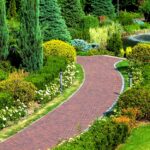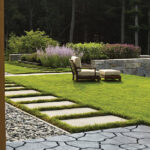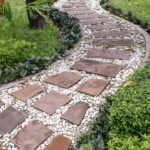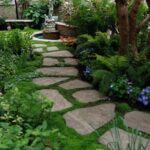Garden paths and walkways are an essential element in any outdoor space, providing both functionality and aesthetic appeal. These paths not only serve as a guide for visitors to navigate through the garden but also create a sense of structure and organization.
There are numerous materials that can be used to create garden paths, ranging from traditional options like gravel, flagstone, and brick to more unconventional choices like recycled glass or concrete pavers. Each material brings its unique qualities to the garden, such as texture, color, and durability. The key is to choose a material that complements the overall design theme of the garden while also being practical and low-maintenance.
The layout and design of garden paths can greatly influence the overall look and feel of the outdoor space. Curved paths can add a sense of mystery and intrigue, leading visitors on a journey through different areas of the garden. Straight paths, on the other hand, create a more formal and structured appearance, ideal for more modern or minimalist garden designs. Combining different materials or creating patterns with pavers can also add visual interest to the paths.
In addition to their aesthetic value, garden paths and walkways also serve a practical purpose by providing a safe and stable surface for walking. Well-placed paths can help prevent erosion, reduce mud and dirt tracking into the house, and protect delicate plants from being trampled. By creating designated pathways, you can also encourage visitors to explore different areas of the garden and appreciate its beauty from various vantage points.
Lighting is another important consideration when designing garden paths and walkways. Adding solar-powered lights along the edges of the paths can enhance safety and visibility, especially during evenings or nighttime. In addition to serving a functional purpose, lighting can also create a magical ambiance, casting a warm glow on the surrounding plants and features.
Ultimately, garden paths and walkways are not just functional elements but also design features that can enhance the beauty and enjoyment of your outdoor space. Whether you prefer a formal layout with straight paths or a more whimsical design with meandering trails, the key is to create paths that complement the overall style of the garden while also providing a safe and inviting route for visitors to explore and appreciate the natural beauty around them.
